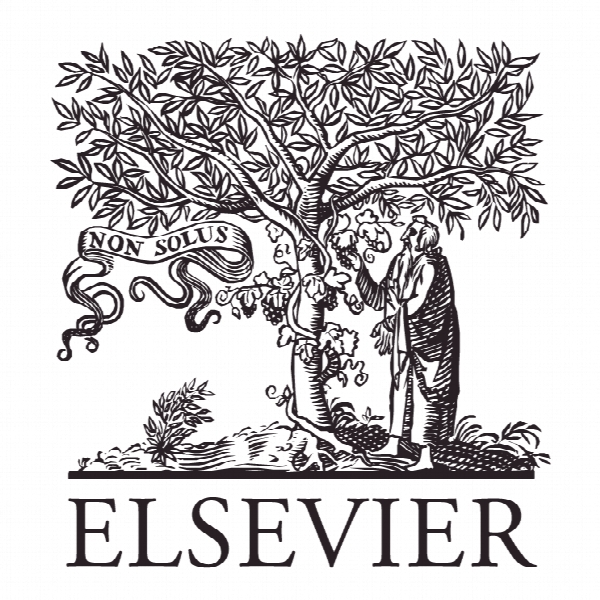ادراک طراحی مبتنی بر مشخصه و رابطه مصرف کننده با نام تجاری: نقش تخصص کاربر Attribute-based design perceptions and consumer-brand relationship: Role of user expertise
- نوع فایل : کتاب
- زبان : انگلیسی
- ناشر : Elsevier
- چاپ و سال / کشور: 2017
توضیحات
رشته های مرتبط مدیریت
گرایش های مرتبط بازاریابی، مدیریت کسب و کار MBA
مجله تحقیقات بازاریابی – Journal of Business Research
دانشگاه موسسه مدیریت هند
نشریه نشریه الزویر
گرایش های مرتبط بازاریابی، مدیریت کسب و کار MBA
مجله تحقیقات بازاریابی – Journal of Business Research
دانشگاه موسسه مدیریت هند
نشریه نشریه الزویر
Description
1. Introduction Products and brands represent two sides of the same coin. Great brands are adept in making great products with designs that are not only innovative but also offer great user experience. Everyday interaction of consumers with objects leads to subjective evaluation of their design (Luchs and Swan, 2011). Positive interactions driven by great designs lead to satisfying experiences, which in turn helps the brand increase its equity with the user, enhancing the strength of consumer– brand dyad (Keller, 1993). Design thinking philosophy lends credence to this sequence, with satisfaction of consumer needs and positive brand implications as important outcomes to design thinking implementation (Brown, 2008; Noble and Kumar, 2010). While the strength of consumer brand relationship is well understood in literature through consumer based brand equity and its antecedents as well as consequences, design perception, as a cause, remains largely an abstract concept, especially in marketing domain (Luchs and Swan, 2011). Marketing scholars have yet to go beyond the design-derived value paradigm to develop scales for measuring design perception, a case in point being recent works by Homburg, Schwemmle, and Kuehnl (2015) and Kumar and Noble (2016). This work attempts to disassociate design, manifested through product attributes, from the values by developing an attribute-oriented design perception scale, with an analysis of its effects on design derived experience, operationalized through Holbrook’s (2002) experiential value framework. Extant marketing literature considers product design’s importance to various consequences—as a source of strategic advantage (Jung, Kim, and Lee, 2014), affect (Seva and Helander, 2009), experience (Pullman and Gross, 2004), and an inherent quality that generates utilitarian and hedonic benefits for the user (Batra and Ahtola, 1991; Chitturi, Rajagopal, and Vijay, 2008; Sheng and Teo, 2012). Yet, there is no coherent framework that can present the consumer’s perception of design, capturing the essence of all design aspects holistically and more so, how it has a conclusive effect on the brand that manufactures the product. A recent effort in form of conceptual design value framework (Noble and Kumar, 2010) which considers overall design perception as compartments made up of additive product features, and which put together shape consumer values and subsequent outcomes like loyalty and commitment, calls for more work in this domain. Further, role of individual variables, one of them expertise, is also instrumental in modulating user-experiences from product design, and hence explored as a moderator (Alba and Hutchinson, 2000; Zielfe, 2002). Next sections review relevant theories and literature supporting conceptualization of design perception and its consequences, followed by the framework itself, empirical analysis, discussion and implications.


